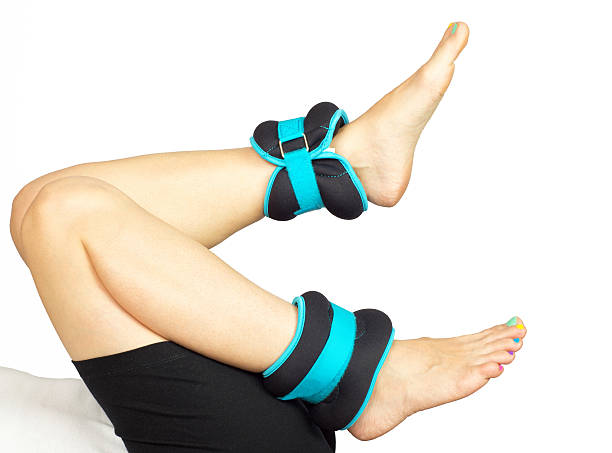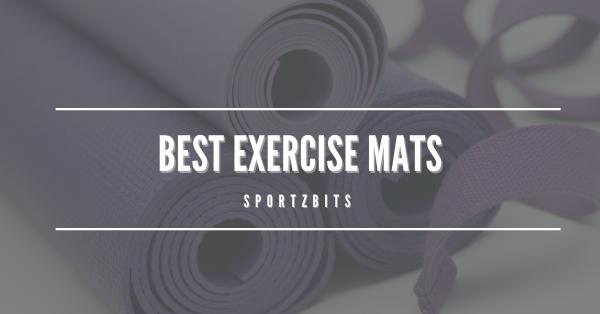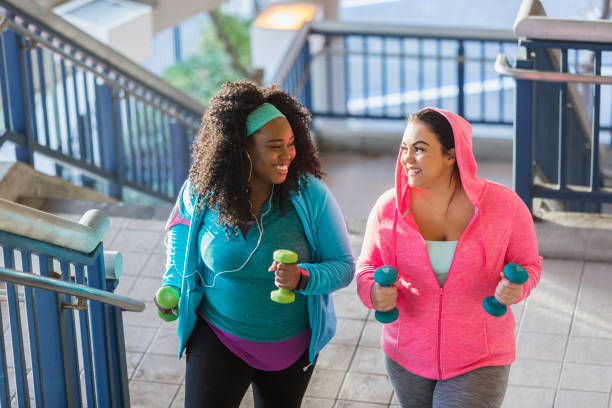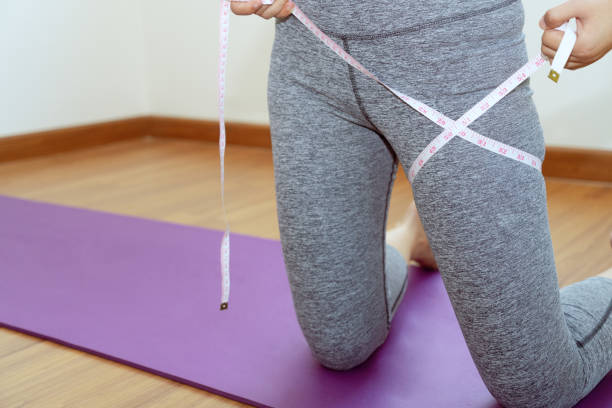The sit-up, a classic exercise routine, is geared towards working out your abdominal muscles. In the process of doing a sit-up, your legs are positioned at an angle, with your feet securely grounded and knees bent at a right angle. The pelvis is kept in a neutral position.
Are you looking to improve your sit-up performance?
Here is a beginner’s guide on how to perform the perfect sit-up. Follow these simple tips, and you’ll be able to achieve great results every time!
Technique
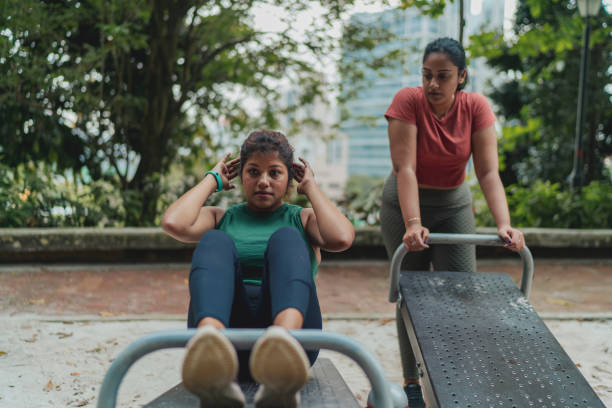
Most people think the sit-up is a simple upper body exercise, but if you want to get the most out of this move, you need to know how to do it correctly. Follow these simple steps to perform the perfect sit-up. Here are four simple steps to help you perform the perfect sit-up:
- Lie on your back with your knees bent and your feet flat on the floor.
- Place your hands behind your head and tuck your chin to straighten your neck.
- Lift your torso by contracting your abdominal muscles, and pause at the top of the movement for a moment.
- Slowly lower yourself back to the starting position.
Muscles Worked
The ab muscles are worked most effectively when the sit-up is performed correctly.
Rectus Abdominis
The Rectus abdominis is a long, flat muscle that runs down the middle of your abdomen. It’s one of the muscles you use when performing crunches or sit-ups. The rectus abdominis helps you twist and bend your torso.
Internal Oblique
The Internal Oblique muscle is located deep within the abdomen and helps with rotation and lateral flexion of the trunk. It also assists with breathing by elevating and depressing the ribs. The Internal Oblique is one of the muscles that make up the abdominal wall.
External Oblique
The external oblique is a muscle located on the lateral side of the abdominal wall. It is responsible for flexing and rotating the trunk. The external oblique is one of the four muscles that make up the abdominal wall.
Transverse Abdominis
The transverse abdominis (TVA) is one of the deepest muscles in the abdominal wall. It is a thin, wide muscle that lies horizontally across the abdomen. The TVA is responsible for compressing the abdominal contents and stabilizing the spine. It also plays a role in breathing and urination.
Rectus Femoris
The rectus femoris is one of four quadriceps muscles in the front of the thigh. It is a large, flat muscle that crosses the front of the hip and knee joints. The rectus femoris is a powerful muscle that helps extend the knee and hip joints. It also helps rotate the hip joint inward.
Vastus Lateralis
The vastus lateralis is a thigh muscle that helps extend the leg. It is one of four muscles in the quadriceps, along with the rectus femoris, vastus intermedius, and vastus medialis. The vastus lateralis is located on the outside of the thigh. It attaches to the femur bone and helps to straighten the leg. The muscle can be injured by a direct blow to the thigh or overuse.
Variations
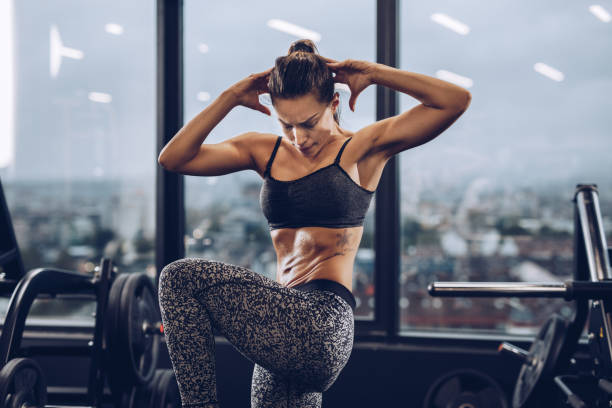
Several sit-up variations can be performed to target different areas of the abdominals.
The Basic Sit-up
Basic or regular sit-ups are a simple yet effective exercise for strengthening the abdominal muscles. The exercise can be done with or without the added weight and can be modified to increase or decrease the intensity. The basic sit-up is a good place to start for beginners and can be progressed to more advanced exercises as the abdominal muscles become stronger.
Standing Sit-up
The standing sit-up is a variation of the basic sit-up done while standing. It is important to perform this exercise correctly, as it targets different muscles than the basic sit-up. Side-lying sit-up
The side-Lying
The side-lying sit-up is a variation of the basic sit-up that is more difficult than the basic form of the exercise.
The Crunch
Crunch sit-ups are one of the most popular abdominal exercises. They are easy to do and can be done almost anywhere. Crunch sit-ups work the rectus abdominis, the muscle on the front of your abdomen. Here is how to do them:
- Lie on your back with your knees bent and feet flat on the floor.
- Place your hands behind your head or clasp them together across your chest.
- Crunch up and forward, bringing your shoulder blades off the floor.
- Pause, then slowly lower yourself back to the starting position.
- Repeat until you’ve completed all reps.
Pilates Curl Sit-ups
This Pilates move is a great way to work your abs. It also helps to improve your balance and stability. The curl sit-up is a variation of the standard sit-up. You will need a Pilates ball or stability cushion to perform this exercise.
Russian Twist Sit-ups
This workout routine is a great way to add variety to your sit-up routine. The Russian twist sit-ups work the muscles in your abs and obliques. They are also a great way to improve your balance and coordination.
The Russian Twist Sit-up is a great way to work your abs and obliques. This move is similar to the classic sit-up but with a few variations that make it more challenging. Here’s how to do it:
- Lie on your back on the floor and place your feet together.
- Cross your arms over your chest and lift your torso off the floor.
- Twist to the right, bringing your left elbow towards your right knee. Pause and return to starting position.
- Repeat twisting to the left, bringing your right elbow towards your left knee.
Seated V-up
The seated V-up sit-up is a great exercise to achieve six-pack abs. This exercise can be done with or without weight, making it versatile for all fitness levels.
To do the seated V-up sit-up, you will need to sit on the ground with your legs bent and feet together. Place your hands on the floor in front of you, then lean back and lift your torso and legs off the ground, reaching your arms toward your feet.
Hold for two seconds, then lower yourself back to the starting position. Repeat 10-15 times for three sets.
Benefits
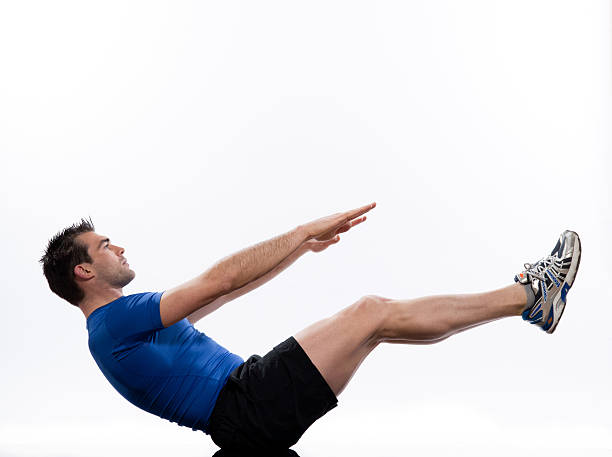
Performing the sit-up includes strengthening the abdominal muscles and improving overall fitness.
Tone Your Abs
There is no arguing that sit-ups are a great way to tone your abs, but there are a few things you should know before you start. First, make sure you are doing them correctly. Many people do not engage their abs properly when doing sit-ups, leading to back pain.
When starting, aim to do 10-15 repetitions per set. You can gradually increase the number of repetitions as you get stronger. If you can easily do more than 15 repetitions, try using added weight such as a weight plate or dumbbell.
Get a Flat Stomach
Many people out there would love to have a flat stomach. Unfortunately, not everyone knows how to go about getting one. Some people think you need to do a lot of cardio to achieve this goal, but that’s not the case. Doing sit-ups can help you get rid of your belly fat without having to spend hours on the treadmill.
When you do sit-ups regularly, it will help to tone and tighten your stomach muscles. This is important because it helps to create a more defined midsection.
Improve Your Posture
Though you might not think it, sit-ups are a great way to improve posture. Sitting up properly will help strengthen the muscles in your back and stomach, which can help improve your posture.
Burn Calories
Including sit-ups in your workout routine is an effective way to burn calories and achieve a flat stomach. A study published in the Journal of Strength and Conditioning Research found that men who performed sit-ups burned more calories than those who didn’t. The American Council on Exercise also reports that sit-ups are one of the best exercises for targeting the rectus abdominis, the muscle responsible for giving you a flat stomach.
Improve Core Strength
Do you want a strong core? If so, you should perform sit-ups regularly. Performing sit-ups are one of the most effective exercises for strengthening core muscles. They work your abs, obliques, and lower back muscles.
It is important to do them correctly to get the most out of your sit-ups. Keep your back pressed firmly against the floor when you do a sit-up. Don’t let it sag or curve. Also, don’t pull on your neck with your hands. Keep them at your sides.
Add a weight plate to your chest or hold a dumbbell between your feet to make sit-ups even more challenging.
Relieve Lower Back Pain
A recent study has shown that doing sit-ups can help relieve lower back pain. The study, conducted by a team of researchers at the University of Alberta, found that people who did sit-ups every day for six weeks had less low back pain than those who didn’t do any exercises. The researchers believe that the sit-ups helped to strengthen the muscles in the lower back, which made them less prone to pain.
Tips

Some tips for performing the proper sit-ups include:
- Using a spotter
- Maintaining good form
- To get the most out of your sit-up, you should do them on a firm surface.
- Use an exercise mat or folded towels.
- Make sure your feet are flat on the ground, and your knees bent at 90 degrees.
- Make sure that you are breathing correctly. Your abdomen should rise and fall with each breath.
- Pull your shoulder blades together and down, pushing your arms away from your upper body. Keep your head in line with your spine during the movement. Don’t let it move forward or backward.
- Make sure that your elbows are bent at a 90-degree angle. Keep them close to your body.
- You can use that for extra resistance if you have access to a band.
Conclusion
When you add sit-ups to your routine, it helps your overall fitness, lose belly fat, and tone the abdominal muscles. When done correctly, the sit-up is a safe and effective exercise. However, use proper form and avoid overexerting yourself to avoid injury.
